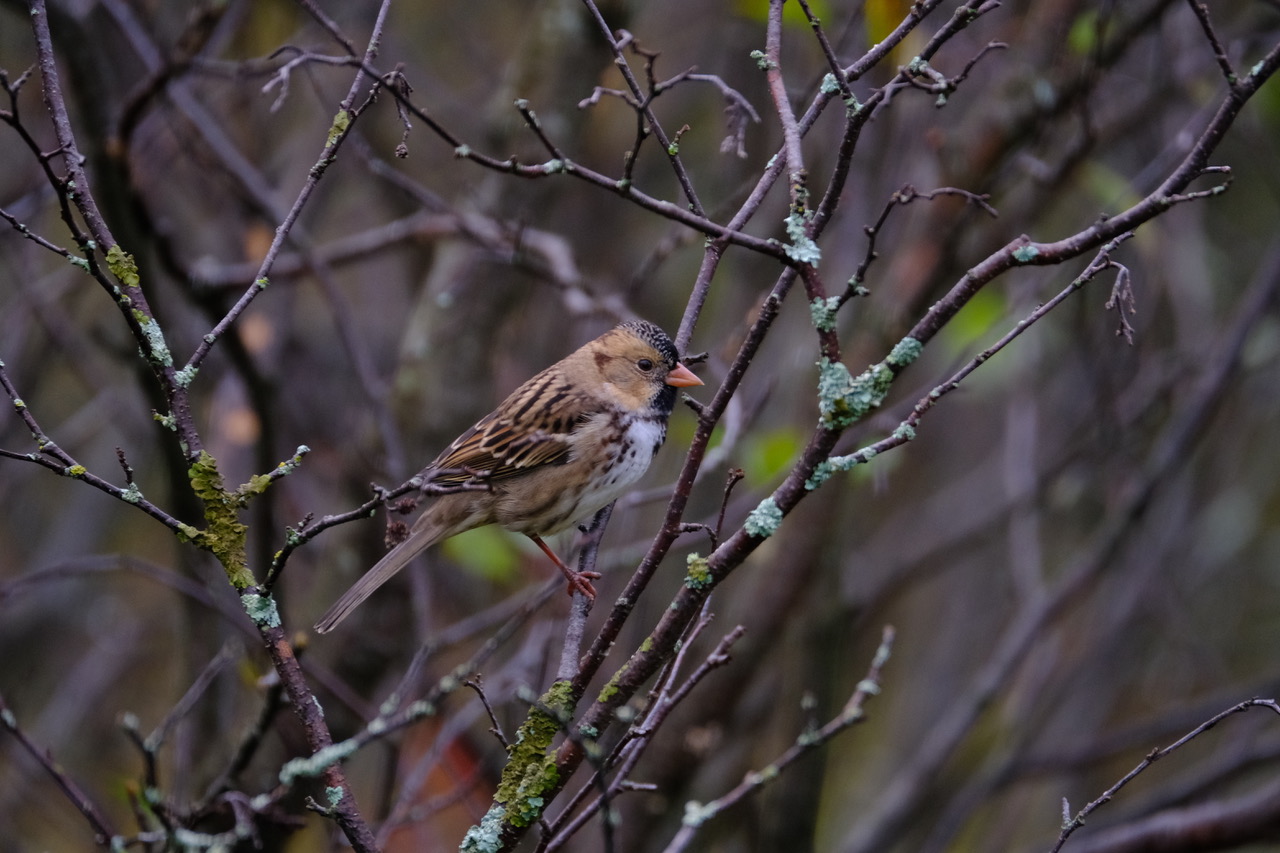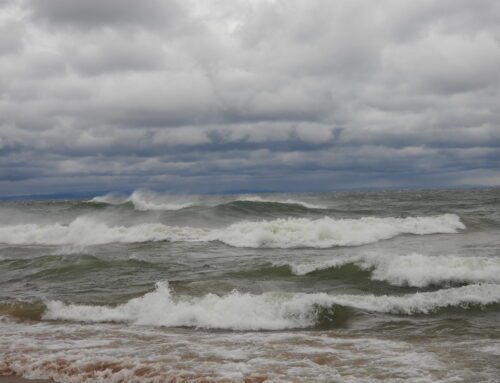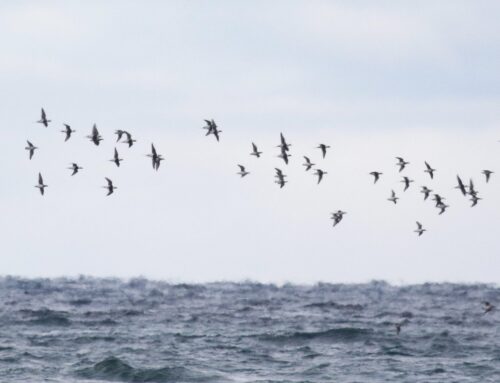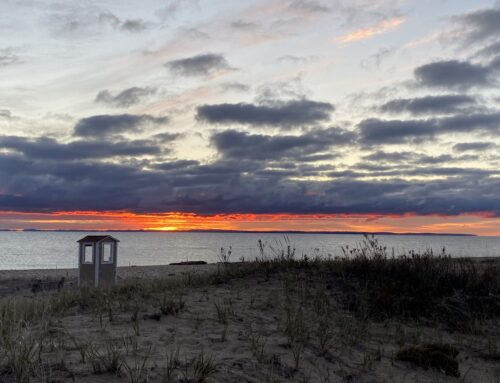The term “rare bird” transcends the birding community. Defined as “An unusual or exceptional person or thing,” we refer to a wide array of the unexpected with this wordage. As far as we’re concerned here at the fall waterbird count, the rare birds we’re looking for are those birds who we don’t regularly expect to encounter.
At this point, we all know Whitefish Point is a unique location. It’s known far and wide as a hot-spot for migration due to its unique geography and features. For the thousands of birds who pass by on their annual movements, there are rare birds among them. To put it simply, a rare bird is one that shows up somewhere unexpected. This can be as wild as a tropical hawk showing up Maine, or a grebe that is common nearby showing up to a spot it isn’t regularly seen. Either way, it’s an exciting moment. And the best time for rarities? Migration. During the spring and fall, there is a strong likelihood of turning up rare birds if you’re out looking. Thousands of birds flying thousands of miles, it is to be expected some will show up in unexpected spots.
We’re really just beginning to unlock the mysteries surrounding migration. It wasn’t long ago that literature was filled with claims such as that swallows went to the moon for the winter and hummingbirds rode on the backs of geese to get around. While it’s understandable to be incredulous about the fact that some hummingbirds, weighing around as much as a penny or two, will travel from Alberta to Panama, it is wonderfully true. Being on the open ocean, out of sight of land, and watching a Ruby-throated Hummingbird zip by is a memory I’ll never forget. Seeing birds on migration connects us to a story larger and older than any of us can truly conceptualize. Oftentimes, rare birds are referred to as lost. I’d like to push back on that; we don’t know if they’re lost. While, on the whole, migration is poorly understood, the vagrancy of rare birds is a black box we barely have begun to understand.
This fall we’ve had our share of rare birds show up. Most notable, a male frigatebird hailing from the tropical seas took us all by surprise when it passed overhead. The Harris’s Sparrow that has been making a cameo at our feeders the past few days is a bird of the great plains. An Eared Grebe was found in the Whitefish Point harbor, only the 4th sighting of this bird here on record (the last one was 2006, then 1990 before that). Even with all this activity, we’re just beginning to enter the part of the season where we traditionally record the most rarities. October is known for very unexpected sightings, and you know we’re going to be watching closely for them.
Rare or common, many of the birds that grace the Point are on a long journey we see but a sliver of. The stories contained in this movement are humbling and beyond our imaginations. In the coming weeks, we anticipate reporting surprising sightings and, if we’re really lucky, making some records. Check our sightings live on Dunkadoo, or better yet come by and help find rarities!
Featured Photo by Doug Palmer
Text by Fall Waterbird Counter Steve Backus






